How to Develop a Brand Messaging Framework

I remember the first time a client asked me to explain our brand messaging process. They'd worked with agencies before who handed over a single-page brand brief with a logo, colour palette, and three-word mission statement. "Is that it?" they asked, looking genuinely confused. That moment made me realise how many businesses have been let down by surface-level branding that misses the entire point.
What they didn't understand—and what most agencies fail to deliver—is that brand messaging isn't about crafting clever taglines or picking adjectives that sound nice. It's about creating a complete narrative framework that guides every conversation your business has with the world.
The Problem with Traditional Brand Development
Most brand development follows a predictable pattern. Agencies run a few workshops, ask about your "values" and "personality," then disappear for weeks before presenting a shiny deck filled with abstract concepts. The result? Beautiful brand guidelines that sit in a folder, never actually used because no one knows how to translate "innovative" and "trustworthy" into real conversations with real customers.
I've seen this countless times. Businesses invest thousands in brand development, only to find themselves still struggling with the same fundamental question: "What do we actually say to our customers?" The disconnect between brand strategy and practical application is staggering—studies show that 77% of marketing leaders struggle to create consistent brand experiences across all touchpoints.
The traditional approach treats branding as a visual exercise rather than a communication framework. But here's what we've learned after years of working with businesses across South Africa: your brand isn't what you say about yourself—it's the story your customers tell themselves about their journey with you.
Why We Chose the StoryBrand Framework
Three years ago, we were facing this exact challenge with our own agency. We had a beautiful brand identity, clear values, and what we thought was compelling messaging. Yet we were still struggling to communicate our value clearly. Potential clients would nod politely during presentations but walk away unclear about what we actually did for them.
That's when we discovered Donald Miller's StoryBrand framework, and everything changed.
The framework is based on a simple but powerful insight: every effective story follows the same seven-part structure, and your brand should too. Instead of making your business the hero of the story, you position your customer as the hero, with your business serving as the guide who helps them overcome challenges and achieve success.
The seven elements are straightforward: Character (your customer), Problem (their challenge), Guide (your business), Plan (your solution process), Call to Action (what they should do next), Success (what they'll achieve), and Failure (what they'll avoid).
What sold us wasn't just the elegance of the framework—it was the results. Companies using StoryBrand report an average 30% increase in engagement and a 25% improvement in conversion rates. More importantly, it gave us a practical tool for translating brand strategy into everyday communication.
Our Complete Brand Messaging Process
When we work with clients now, we follow a comprehensive process that combines traditional brand elements with the StoryBrand narrative framework. It's not quick—we typically spend 4-6 weeks on this process—but it's thorough.
Research and Discovery Phase
We start with deep research, not creative brainstorming. For Drovers Vet Hospital, we spent weeks understanding the Western Australian veterinary market, studying pet owner psychology, and analysing competitor positioning. We discovered that 70% of pet owners consider their pets family members, and 62% of veterinarians have witnessed pets improving their clients' personal relationships.
This research phase is crucial because it grounds everything in reality rather than assumptions. We're looking for genuine insights about customer behaviour, market dynamics, and unmet needs that will inform our messaging strategy.
Traditional Brand Foundation
Before we dive into storytelling, we establish the traditional brand elements that provide structure and consistency:
Vision and Mission Development: We craft clear statements about what the business aspires to achieve and how it serves customers. For Drovers Vet, we developed: "To create a world where every pet is treated like family" as their vision, with a mission focused on "empowering pet parents to give the best life to their pets".
Values Definition: We identify 4-5 core values that genuinely guide decision-making, not just nice-sounding words. These become the filter for all communication and behaviour.
Tone of Voice Guidelines: We define how the brand should sound across all interactions—friendly yet professional, compassionate yet reliable, informative yet approachable.
The StoryBrand Narrative Structure
This is where our process becomes unique. We build the complete seven-part story framework:
Identifying the Hero: We get crystal clear about who the customer is and what they want. For our financial services client Orca Group, the hero became "young professionals, entrepreneurs, and established business owners focused on achieving personal and financial stability".
Defining the Problem: We map out the internal problems (emotional challenges), external problems (practical obstacles), and philosophical problems (deeper frustrations) customers face. This creates a complete picture of what they're struggling with.
Positioning as the Guide: We establish credibility through empathy statements ("We understand how confusing and overwhelming finances can feel") and authority statements ("With decades of combined experience in financial planning, we have the knowledge to guide you to success").
Creating the Plan: We develop a clear, simple process that shows customers exactly how to work with the business. For Orca, this became: "Let's grab a coffee and understand your needs," followed by three more clear steps.
Crafting Calls to Action: We create both direct CTAs ("Book an appointment today") and transitional CTAs ("Download our free pet care guide") that move people through the customer journey.
Success and Failure Stakes: We articulate what customers will achieve by working with the business and what they'll avoid by not taking action.
The Integration Challenge
The trickiest part of our process isn't developing the framework—it's integrating traditional brand elements with the StoryBrand narrative in a way that feels natural and authentic.
We've learned that you can't just bolt StoryBrand onto existing brand guidelines. Everything needs to work together cohesively. The brand values should reinforce the guide positioning, the tone of voice should support the empathy statements, and the visual identity should complement the narrative structure.
For example, with Drovers Vet Hospital, their value of "Kindness & Compassion" directly supported their empathy statements about understanding that pets are family members. Their professional yet approachable tone aligned perfectly with their positioning as a knowledgeable guide who treats both pets and owners with respect.
Real-World Application and Results
The true test of any brand messaging framework is whether it actually works in practice. After implementing this process with Orca Group, they reported improved clarity in client conversations and increased website engagement. The framework gave their team a consistent way to talk about complex financial services in terms that resonated with their target audience.
What we've found is that businesses using this integrated approach see several key benefits:
Clarity in Communication: Everyone in the organisation understands not just what they do, but how to talk about it in customer-focused terms.
Consistency Across Touchpoints: From website copy to sales conversations to social media posts, everything feels like it comes from the same brand voice.
Improved Customer Engagement: When you position customers as the hero of their own story, they pay attention in a way they never do when you're talking about yourself.
Practical Implementation: Unlike abstract brand guidelines, this framework provides specific language and structure that teams can actually use.
The Ongoing Evolution
Brand messaging isn't a "set it and forget it" exercise. We schedule regular reviews with clients to refine and evolve their messaging based on market feedback and business growth.
The framework provides stability while allowing for adaptation. The core story structure remains consistent, but specific messages can be adjusted based on new customer insights, market changes, or business evolution.
This approach has transformed how we work with clients and how they think about their own communication. Instead of struggling to explain what they do, they have a clear, compelling narrative that puts their customers at the centre of the story.
The combination of traditional brand foundation with StoryBrand narrative structure isn't just more effective—it's more authentic. It acknowledges that business success isn't about having the cleverest marketing messages, but about genuinely serving customers in their journey toward success.
When done properly, brand messaging becomes less about marketing and more about creating genuine value in every interaction. And that's a story worth telling.
Read Similar Success Stories
Discover how other businesses have transformed their marketing challenges into growth opportunities through strategic partnerships with us.
Ready to stop struggling with your marketing?
Book a 20-minute call today and discover how clear communication can transform your business.




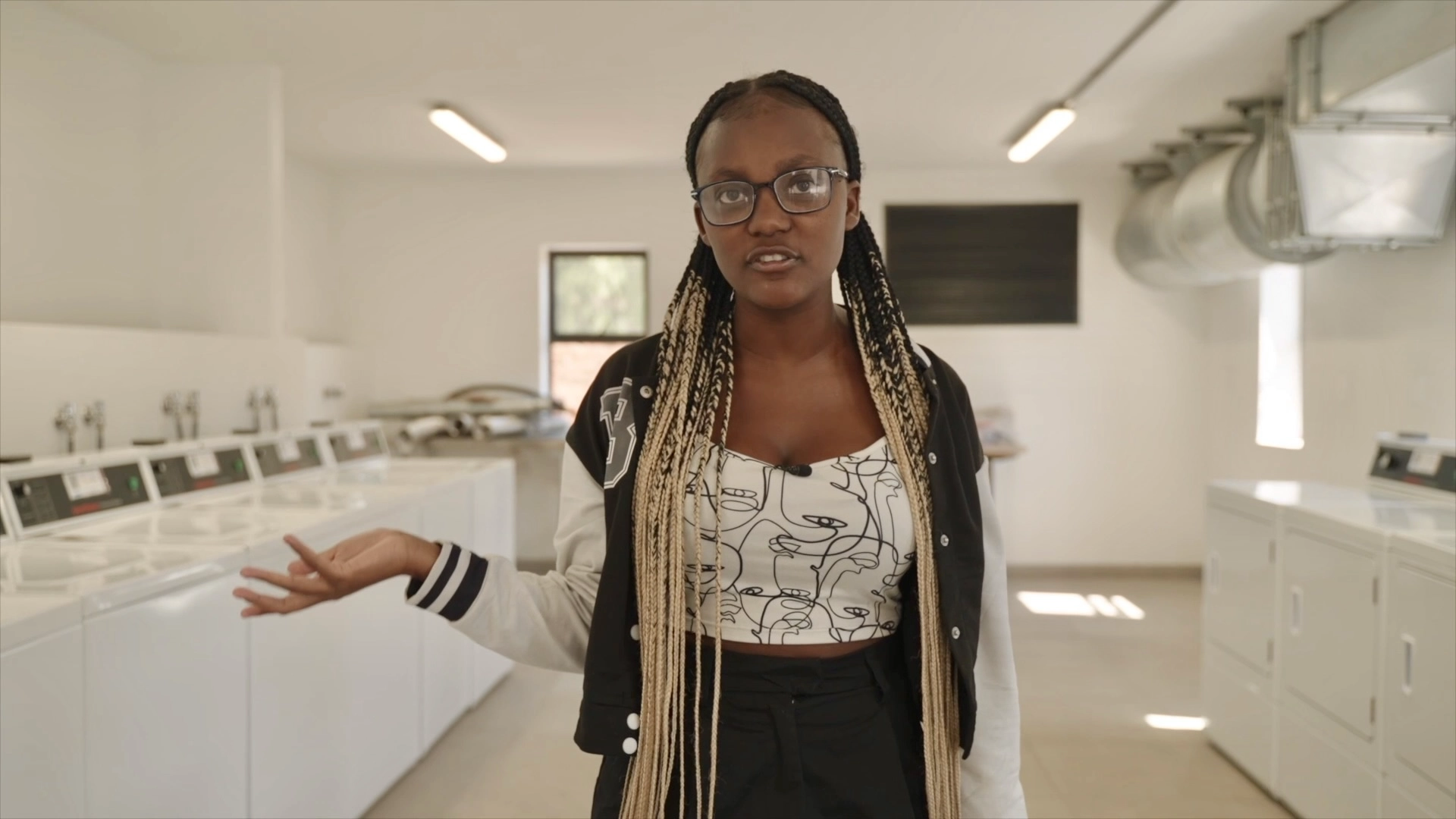








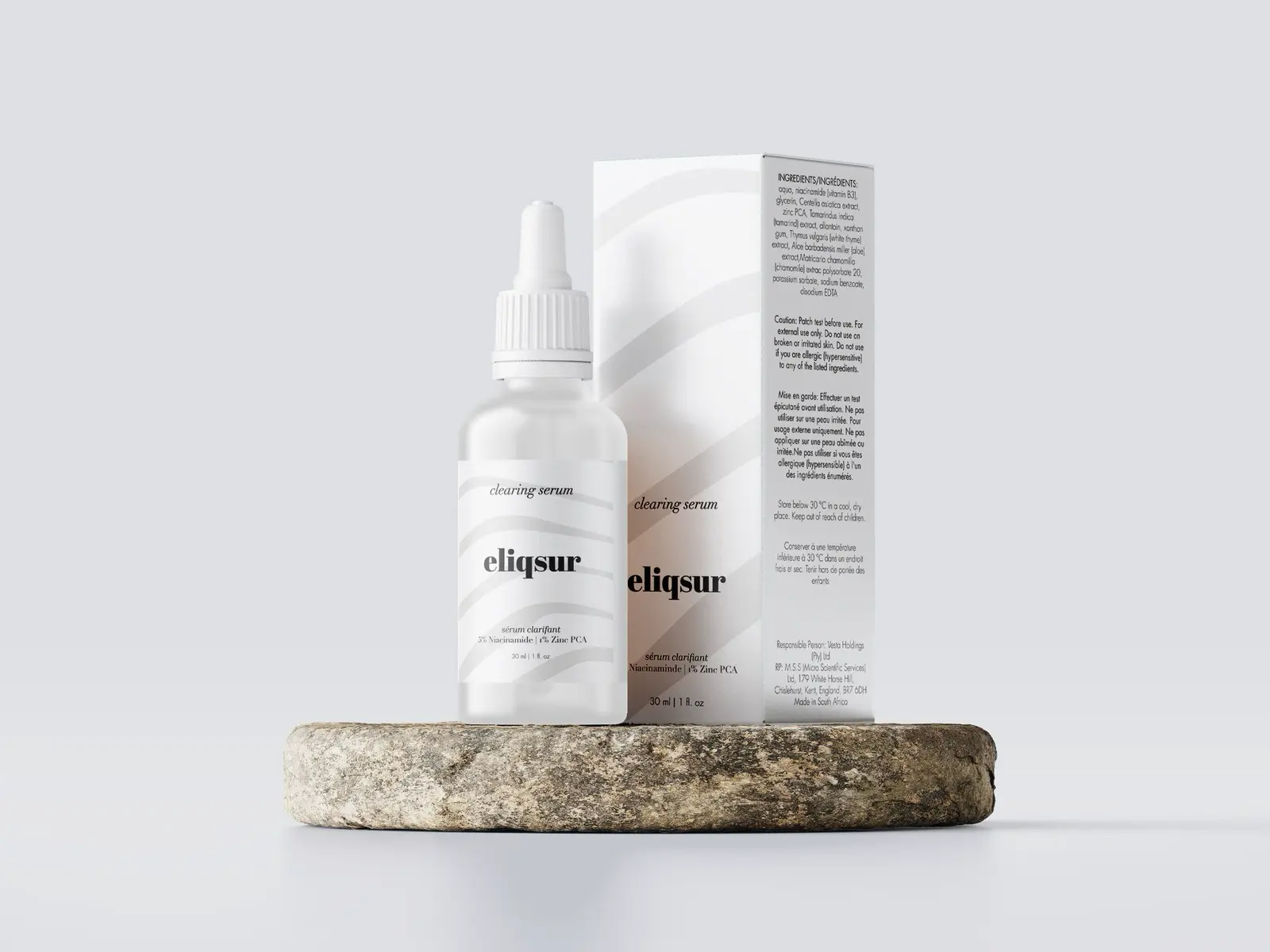


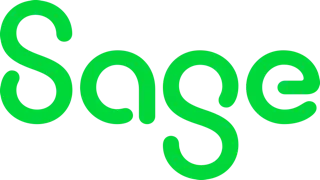
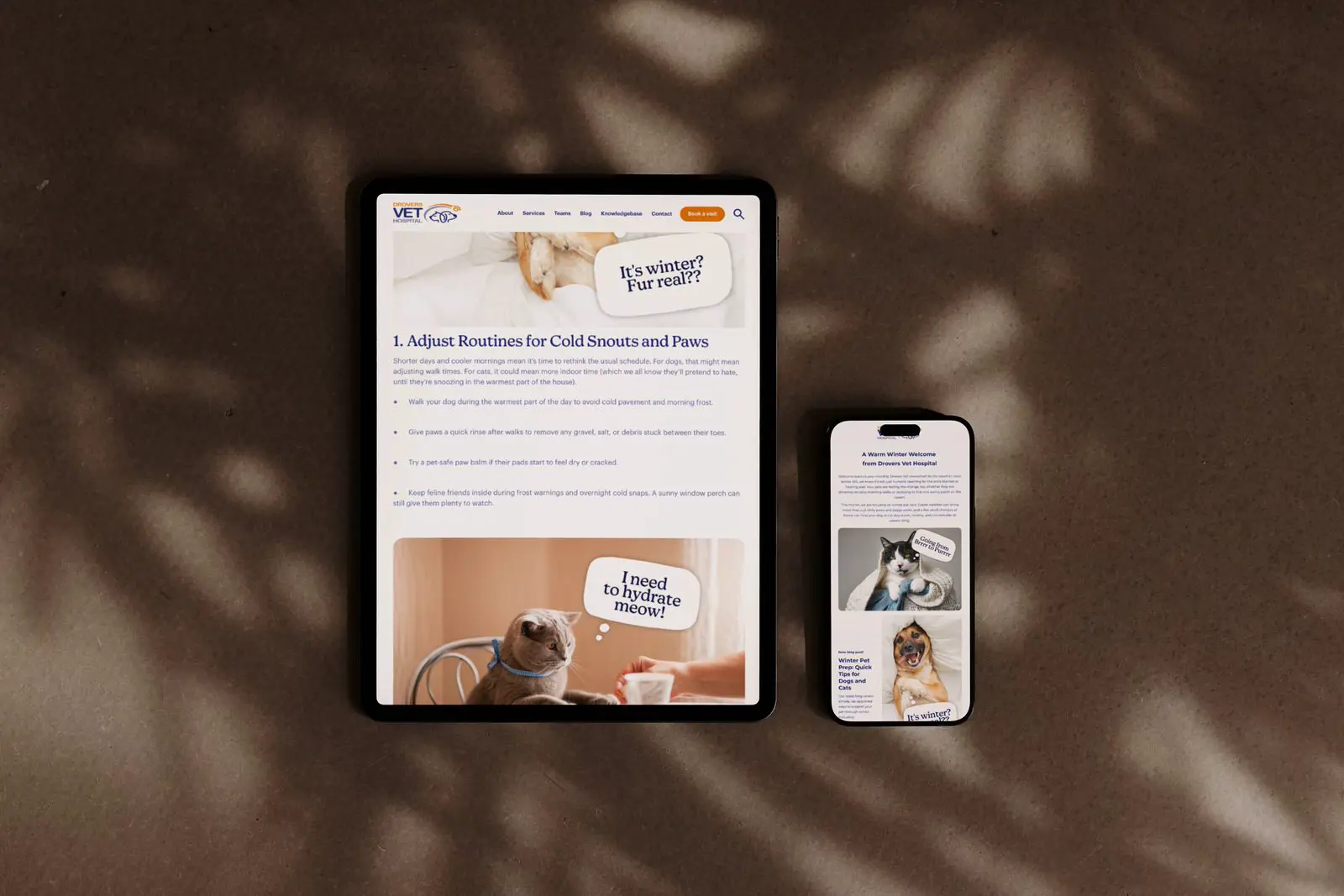
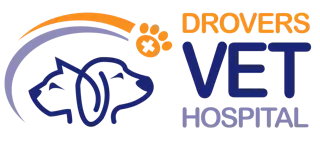
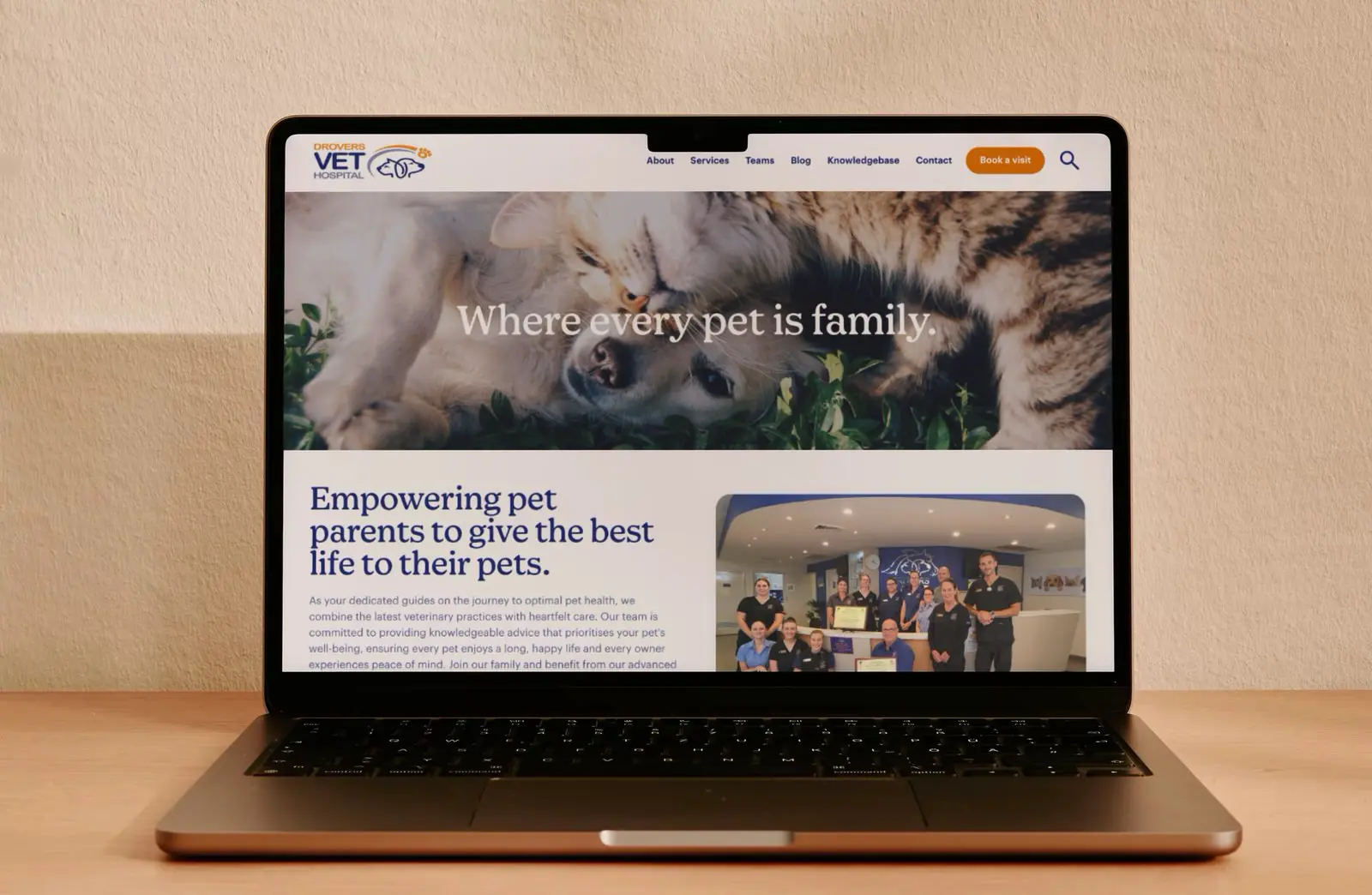

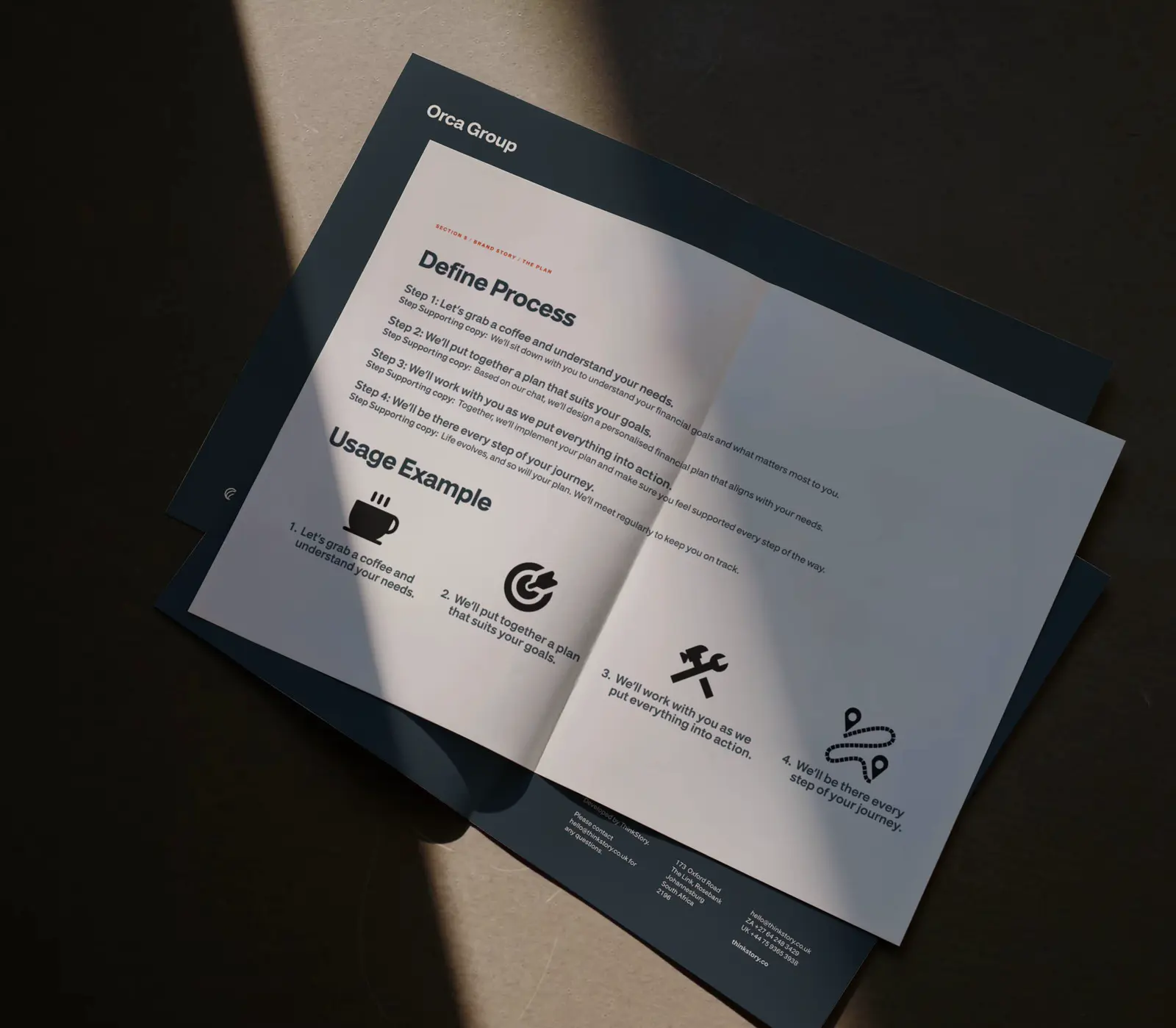

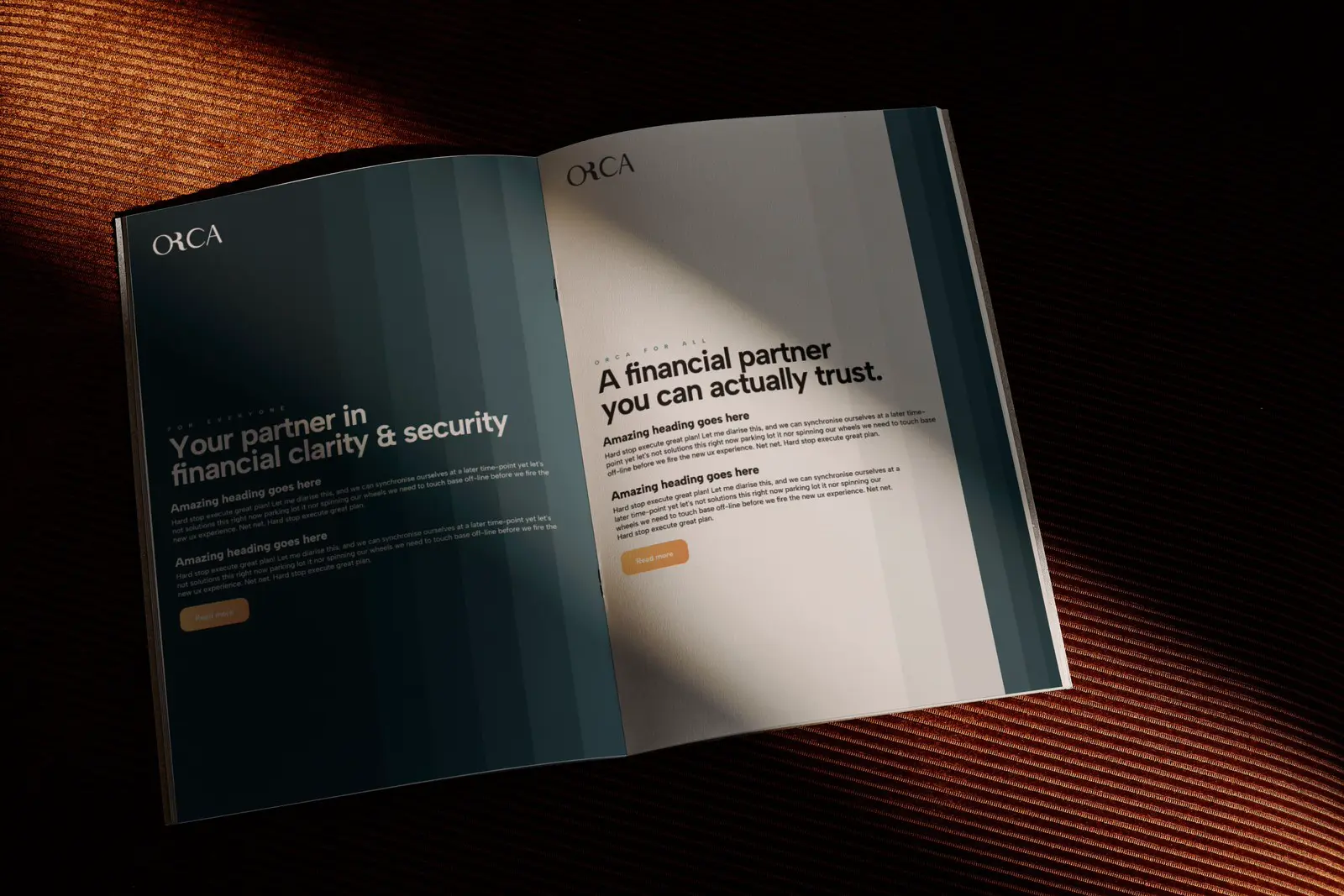
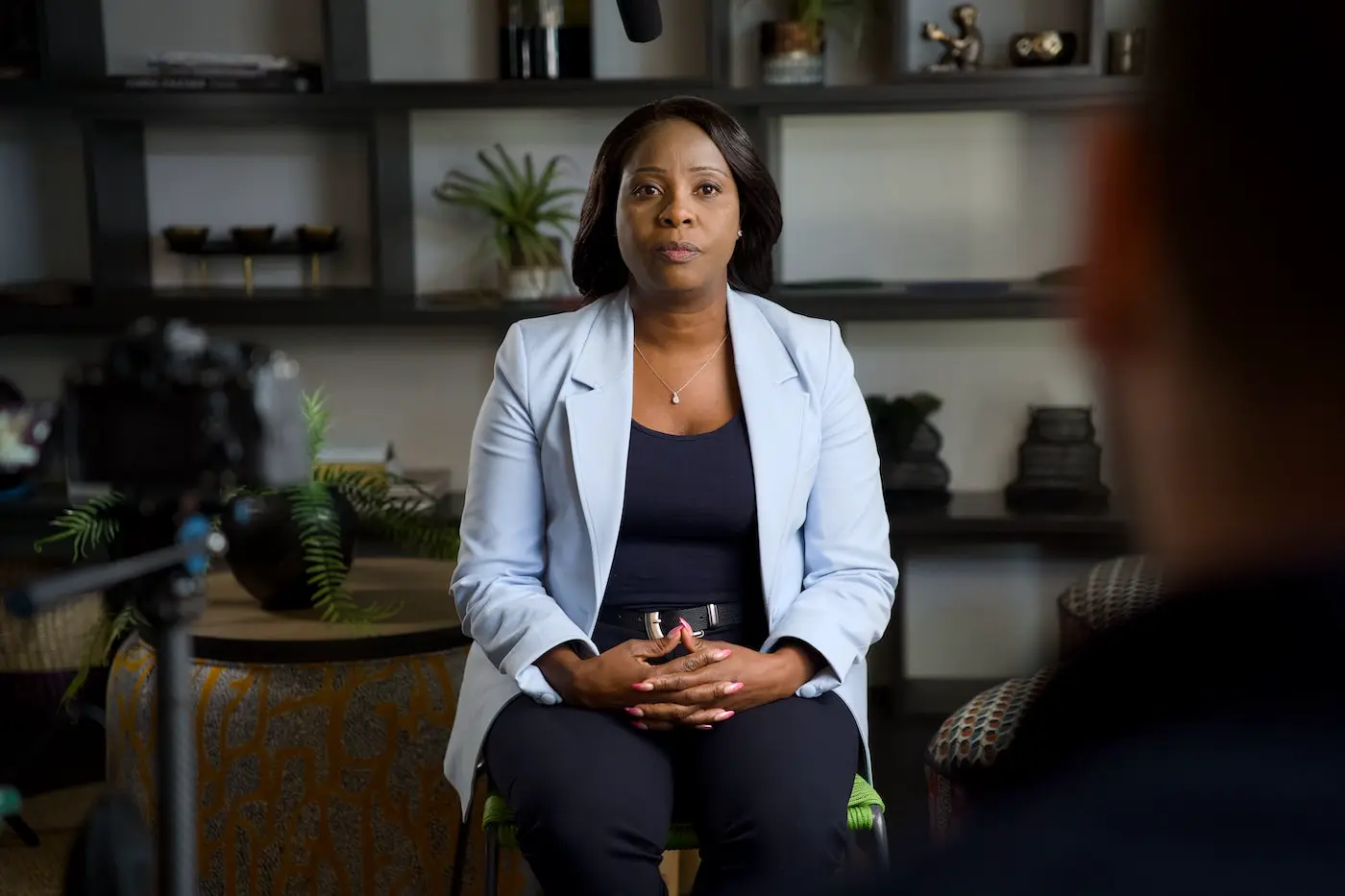

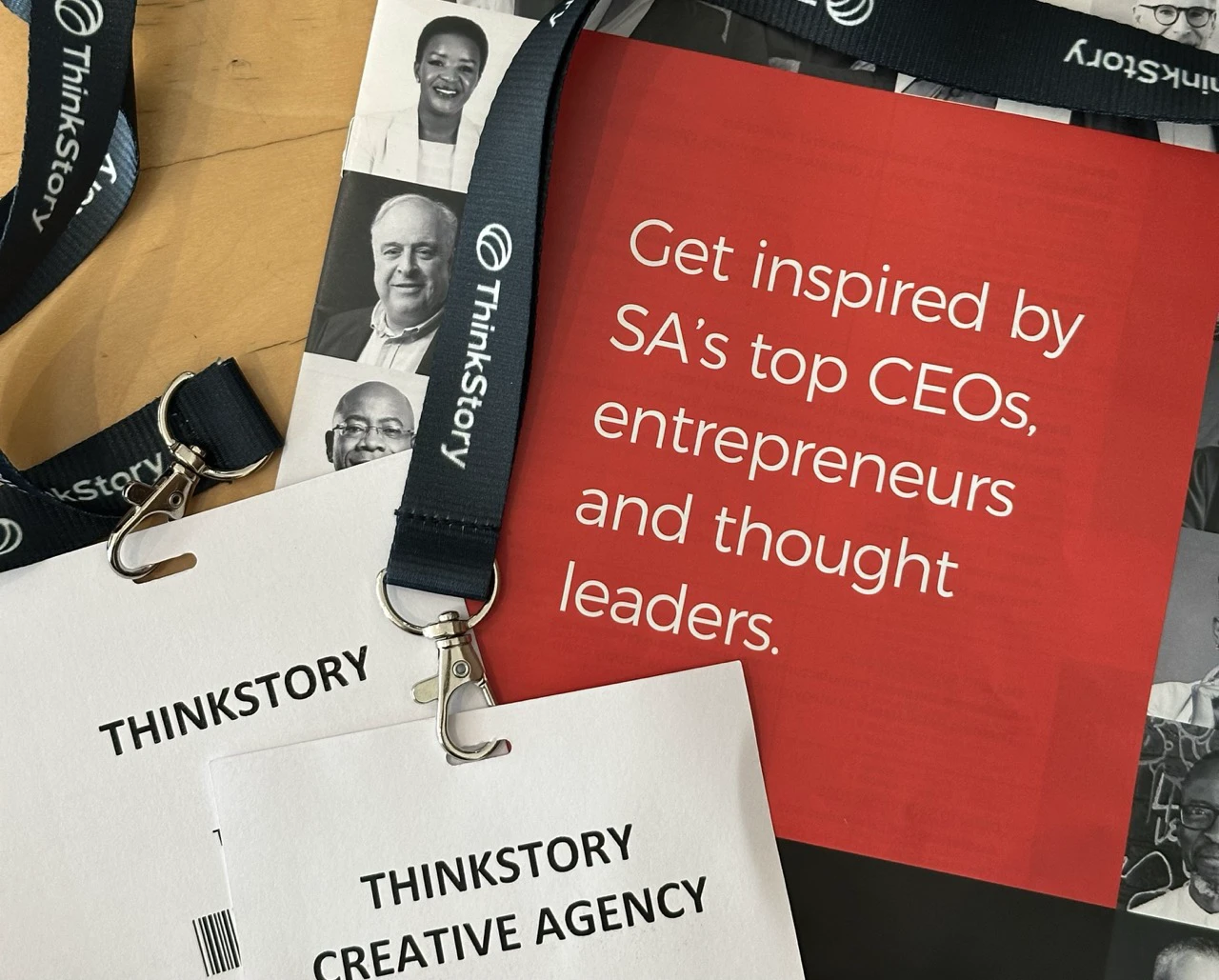

.webp)